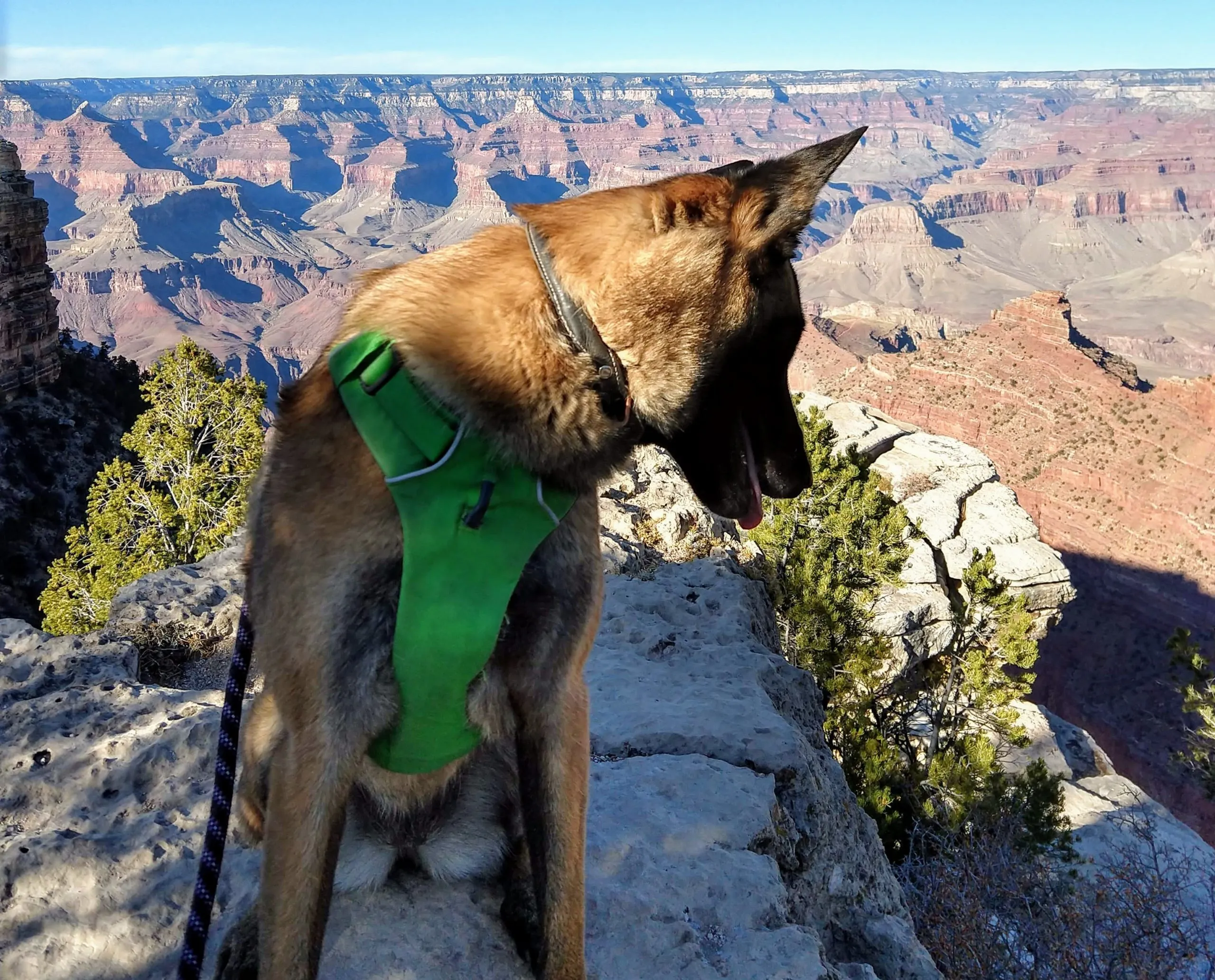Dealing with a dog that constantly pulls on the leash can transform what should be an enjoyable stroll into a frustrating tug-of-war. If you’ve found yourself feeling like a failure, or convinced your dog is simply too stubborn, because every attempt to curb their pulling has been met with continued resistance, you’re not alone. Many dog owners experience the exasperation of walks that end with frayed nerves rather than happy memories. This persistent pulling can even make you dread daily outings, leading to a vicious cycle where training attempts become sources of annoyance for both you and your canine companion.
Perhaps you’ve tried the common advice of stopping every time the leash tightens, only to find it leads to minimal progress and maximum irritation. You might even give up halfway through a walk, allowing your dog to pull just for a moment of peace, or abandon the training altogether to avoid further conflict. If any of these scenarios resonate with your experience, it’s crucial to understand that the problem often lies not with you or your dog, but with the methods commonly advised for leash training. Many widely accepted tactics, while well-intentioned, can inadvertently lead to more frustration and a strained relationship. This article aims to lighten your burden by highlighting five common mistakes you can stop making today, paving the way for more enjoyable and effective leash manners. Understanding the flaws in these approaches is the first step towards building a better walking experience for you and your dog, whether you’re trying to resolve persistent leash pulling or even address other behavioral challenges like training your dog not to jump on guests.
Unpacking Common Leash Pulling Tactics You Can Stop Doing
There’s a wealth of information available on how to stop a dog from pulling on the leash, ranging from genuinely helpful tips to strategies that often leave owners feeling more defeated than before. For those who’ve dedicated time to researching solutions, your mind might be cluttered with a collection of “helpful advice” that has only added to your stress. Instead of piling on more tasks, this guide offers you permission to let go of certain practices that are likely hindering your progress. These are all methods many experienced trainers, including myself, have attempted with their own dogs, only to discover they lead to increased frustration for both ends of the leash. While it can be challenging to abandon deeply ingrained beliefs about “the right way to do things,” recognizing their ineffectiveness is liberating.
Here’s a list of common practices that, with this article’s guidance, you are encouraged to stop doing:
1. Enforcing Strict Loose Leash Rules on Every Walk, Regardless of Your Dog’s State
The mantra “be consistent” is often repeated in dog training circles. You’re told to be clear, avoid confusing your dog, and uphold loose leash rules every single time the leash goes on. So, you diligently stop walking the moment your dog pulls, adhering to this cardinal rule. If this approach drove you absolutely mad within a week, rest assured, you’re not alone.
The core issue with enforcing these rules 100% of the time is that it fundamentally contradicts a key principle of effective dog training: start at an easy level and gradually increase difficulty as your dog masters the task.
Consider this scenario: You finish work, and your dog, Sparky, brimming with energy after a quiet day, is overwhelmed by the sensory explosion of the outside world. Every sight, sound, and smell is a powerful stimulant, making him eager to explore. At this precise moment, you decide it’s the perfect time to teach him a complex trick like “play dead” on command, right in the middle of a busy sidewalk, using a high-value treat. This would be an unreasonable expectation, wouldn’t it?
It’s equally unreasonable to expect a dog to master the nuanced “trick” of leash skills in such a highly stimulating environment from the get-go. Yet, dog owners are traditionally expected to do this daily. From personal experience, achieving true success with loose leash training often involves letting go of this rigid interpretation of consistency.
Consistency, in its absolute form, is overrated. Instead, selective consistency proves far more effective. Dogs are incredibly intelligent, observant, and highly attuned to contextual cues. You can easily teach them that when the leash is clipped to their collar, rules are enforced, and structured training is happening. Conversely, when the leash is attached to a harness, perhaps for a break from being the “pulling police” or in environments your dog isn’t ready for, they are permitted to explore and pull. This method allows you to “level up” training systematically and controllably, making the learning process quicker and more efficient. This approach fosters a more positive association with walks and can improve your dog’s overall responsiveness to commands, which is beneficial for any training, including topics like how to get a dog to stop jumping up.
 Animated GIF of a person celebrating "Vindication! Justice! We did it!"
Animated GIF of a person celebrating "Vindication! Justice! We did it!"
2. Initiating No-Pull Training in Your Driveway or Front Yard
It’s a common piece of advice, and one that some trainers, myself included in earlier years, have mistakenly taught: start your no-pull training right outside your front door. However, for most dogs and owners, the driveway or front yard is precisely the worst place to begin practicing fledgling loose leash skills. These areas are rarely places where dogs simply relax; they are gateways to far more exciting adventures. Dogs are often overly excited, easily distracted, and impatient to just go, go, go.
Imagine diligently stopping every time your dog pulls, trying to make it past your driveway. It could take 30 minutes just to reach the street, leaving both you and your dog frustrated and exhausted before the actual walk even begins. This madness needs to stop. You have permission to let your dog pull through the driveway (using a harness, as discussed in point #1) until they demonstrate proficiency in leash skills in less stimulating environments. Focusing on training in calmer settings first allows your dog to learn without the overwhelming distractions of their immediate “launchpad” to the world. This principle of environment management is also key when trying to teach specific behaviors like how to train a stubborn dog to pee outside, where consistency in a controlled setting is paramount.
3. Forcing Your Dog to Walk at Your Side for “Dominance” Reasons
The idea that a dog walking in front of you signifies their attempt to be “in charge” is a deeply entrenched belief stemming from the outdated “pack leadership” theory. This concept, a long-debunked myth in canine behavior science, persists in popular culture despite overwhelming evidence against it.
As a young dog enthusiast, I was raised with the conviction that owners must embody a “strong alpha” role to prevent their dogs from assuming dominance. I diligently followed the advice of “pack leader” gurus, striving to project dominant energy, walking purposefully, and keeping my dogs on very short leashes to prevent them from forging ahead or sniffing. These walks were certainly tiring, but did they make my dogs happy? I often questioned it. And my arm was constantly sore from physically preventing my determined husky mix from walking where she pleased.
It took considerable time to shed these old beliefs and accept the scientific truth: a dog walking ahead of its owner has nothing to do with status or dominance. Whether your dog walks beside you, behind you, slightly ahead, or even several meters in front, it is not an indication of their perceived social standing. In fact, allowing your dog to walk ahead and explore with their nose is highly beneficial for their mental well-being and provides valuable enrichment. This freedom, combined with clear communication, strengthens your bond far more than an outdated dominance theory ever could, and applies to all areas of training, including preventing unwanted behaviors like how to teach a dog not to jump on furniture.
(It’s important to clarify that teaching a “Heel” command, where your dog walks precisely by your side on cue, is a valuable skill. This command is incredibly useful in crowded areas or when navigating high-distraction environments. However, it’s a trained behavior for specific situations, not a moral imperative based on a false understanding of canine social structure.)
4. Waving a Treat in Your Dog’s Face to Regain Attention When Distracted
Imagine yourself standing at the rim of the Grand Canyon, awe-struck by its majesty after a long journey. Moments into this breathtaking experience, a friend steps directly in front of you, waving their arms and loudly demanding, “Hey! Hey! Heeeey! What about ME? Aren’t I grand, too?” How would you feel towards this person? Likely not affection, curiosity, or respect.
This tactic—waving food to distract your already distracted dog from an environmental stimulus—is surprisingly common. Many who transition from correction-based training often stumble upon this as an initial, haphazard experiment with positive reinforcement. The fundamental flaw here is that it doesn’t cultivate a genuine desire for your dog to engage with you. Furthermore, it robs them of the opportunity to choose to engage. A dog who voluntarily chooses to focus on you because they want to is far more powerfully motivated than one who only responds to make the annoying treat-waving cease.
“Distraction” doesn’t have to be a negative word. Instead of trying to overpower environmental stimuli, learn to work with them, leveraging them to your advantage in training. This approach is far more effective in building a dog’s focus and responsiveness, which helps in myriad situations, including how to stop a puppy jumping on furniture.
 A dog looking at a treat being held in front of its face by a human hand.
A dog looking at a treat being held in front of its face by a human hand.
5. Feeling Obligated to Be More Interesting Than the Entire Environment
Some trainers might suggest you need to “be more interesting!” when your dog gets distracted during class. For those of us who aren’t naturally boisterous or comfortable with high-pitched, singsong dog-praise voices, this can feel like an impossible and exhausting demand.
Good news for my fellow introverts: You absolutely do not need to be more captivating than the entire world around you. If you’re not the type to jump around and exclaim “WOOHOOO! LET’S GOOO!” that’s perfectly fine. Effective training doesn’t require you to constantly outperform environmental distractions in a battle for your dog’s attention.
There are numerous ways to train that don’t pit you against the “nebulous enemy” of environmental stimuli. In fact, distractions can become powerful tools in your training arsenal. It’s incredibly liberating to let go of the stressful burden of being your dog’s sole focus and instead embrace the idea of exploring the environment with your dog, functioning as a true team. This collaborative approach not only makes walks more enjoyable but also strengthens your bond and improves your dog’s focus and leash manners in a more sustainable way.
What to Do Next
Take a moment to fully absorb the sense of vindication as you shed the burden of these outdated and often frustrating training methods. Realizing that your struggles weren’t due to your inadequacy or your dog’s stubbornness, but rather the flaws in common advice, is a powerful first step.
Now, instead of continuing down a path of frustration, you can explore techniques that genuinely build your bond with your dog and encourage them to want to listen to you, even amidst distractions. Embrace the journey of transforming your walks from a chore into a joyous experience for both of you.
